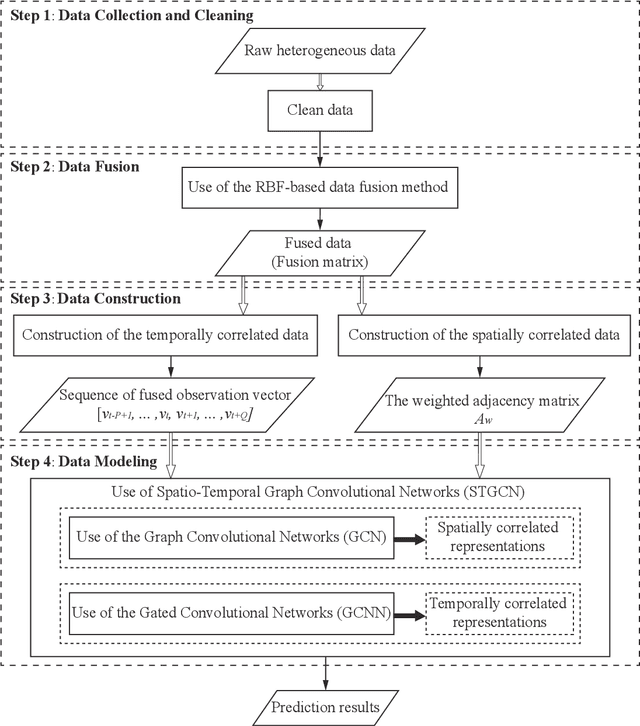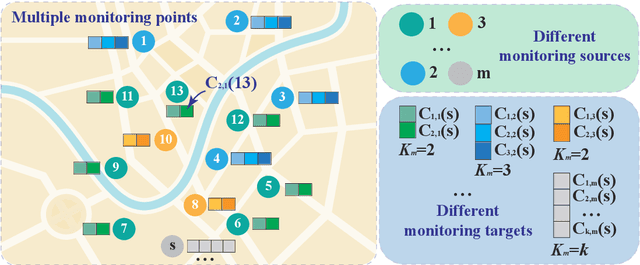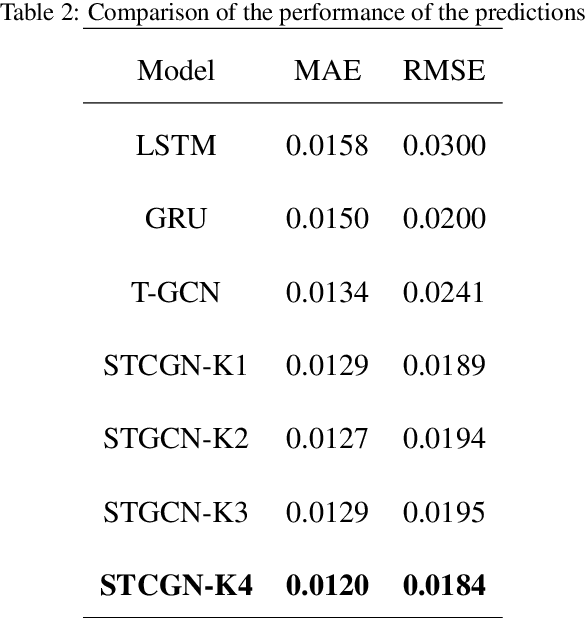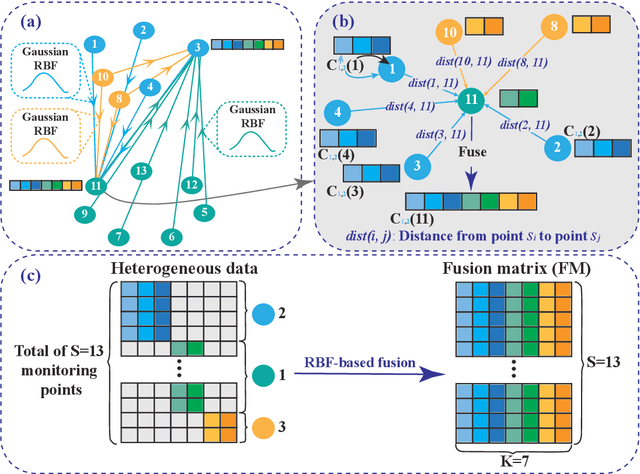Zhengjing Ma
Knowledge-infused Deep Learning Enables Interpretable Landslide Forecasting
Jul 18, 2023Abstract:Forecasting how landslides will evolve over time or whether they will fail is a challenging task due to a variety of factors, both internal and external. Despite their considerable potential to address these challenges, deep learning techniques lack interpretability, undermining the credibility of the forecasts they produce. The recent development of transformer-based deep learning offers untapped possibilities for forecasting landslides with unprecedented interpretability and nonlinear feature learning capabilities. Here, we present a deep learning pipeline that is capable of predicting landslide behavior holistically, which employs a transformer-based network called LFIT to learn complex nonlinear relationships from prior knowledge and multiple source data, identifying the most relevant variables, and demonstrating a comprehensive understanding of landslide evolution and temporal patterns. By integrating prior knowledge, we provide improvement in holistic landslide forecasting, enabling us to capture diverse responses to various influencing factors in different local landslide areas. Using deformation observations as proxies for measuring the kinetics of landslides, we validate our approach by training models to forecast reservoir landslides in the Three Gorges Reservoir and creeping landslides on the Tibetan Plateau. When prior knowledge is incorporated, we show that interpretable landslide forecasting effectively identifies influential factors across various landslides. It further elucidates how local areas respond to these factors, making landslide behavior and trends more interpretable and predictable. The findings from this study will contribute to understanding landslide behavior in a new way and make the proposed approach applicable to other complex disasters influenced by internal and external factors in the future.
Heterogeneous Data Fusion Considering Spatial Correlations using Graph Convolutional Networks and its Application in Air Quality Prediction
May 24, 2021



Abstract:Heterogeneous data are commonly adopted as the inputs for some models that predict the future trends of some observations. Existing predictive models typically ignore the inconsistencies and imperfections in heterogeneous data while also failing to consider the (1) spatial correlations among monitoring points or (2) predictions for the entire study area. To address the above problems, this paper proposes a deep learning method for fusing heterogeneous data collected from multiple monitoring points using graph convolutional networks (GCNs) to predict the future trends of some observations and evaluates its effectiveness by applying it in an air quality predictions scenario. The essential idea behind the proposed method is to (1) fuse the collected heterogeneous data based on the locations of the monitoring points with regard to their spatial correlations and (2) perform prediction based on global information rather than local information. In the proposed method, first, we assemble a fusion matrix using the proposed RBF-based fusion approach; second, based on the fused data, we construct spatially and temporally correlated data as inputs for the predictive model; finally, we employ the spatiotemporal graph convolutional network (STGCN) to predict the future trends of some observations. In the application scenario of air quality prediction, it is observed that (1) the fused data derived from the RBF-based fusion approach achieve satisfactory consistency; (2) the performances of the prediction models based on fused data are better than those based on raw data; and (3) the STGCN model achieves the best performance when compared to those of all baseline models. The proposed method is applicable for similar scenarios where continuous heterogeneous data are collected from multiple monitoring points scattered across a study area.
 Add to Chrome
Add to Chrome Add to Firefox
Add to Firefox Add to Edge
Add to Edge